Text | slow pixel
Editor | Wen Ba Niang
Since Motorola came to China with a mobile phone in 1999, it has become a necessity in people’s daily life. More than 20 years have passed, and the mobile phone terminal market has experienced many industrial leaps. Now it has already entered a new stage from the struggle of thousands of smart phones, and major mobile phone manufacturers have increased their investment in folding screen mobile phones. It seems that the folding screen mobile phone has become a new battlefield for their competition.
Folding screen mobile phone, is it just needed or false demand? Is the era when the national mobile phone is ruled by folding screens really coming?
When the folding screen mobile phone becomes a fashion "symbol"
I don’t know when the folding screen mobile phone became a symbol of wealth and trend. When the migrant workers in the first-tier cities returned to the county, they suddenly found that the "rich women in the county" already had a folding screen mobile phone-they may not be strong women who walk in the first-tier cities with BGM, but they have BMW, Audi, brand-name bags and folding screen mobile phones.
Just like the advertising slogan of Samsung’s folding screen mobile phone, "It’s time to fold together". "Sisters have it. It’s cheaper than Apple 14. Why not buy it?" Xiaohui, a post-95 girl from a county town in Sichuan, said: "What’s the meaning of going back and forth besides chasing drama or chasing variety shows and brushing news?" Anyway, I don’t understand it, just chase it! "
Xiaohui’s mentality reflects the attitude of some consumers towards folding screen mobile phones. They don’t have a demand for the function or individual use value of specific things, but actually have a demand for the meaning (and the difference of meaning) given by goods.
As Baudrillard pointed out in Consumer Society, "the logic of goods has been popularized, which not only dominates the labor process and material products, but also dominates the whole culture, sexual desire, interpersonal relationships, and individual fantasies and impulses."
In Baudrillard’s eyes, things are not an objective entity, but a symbolic meaning with an objective entity as the carrier. Drinking Coca-Cola is not so much a consumption of carbonated drinks as a consumption of a meaning and recognition of a certain lifestyle. The mobile phone has become a fashion symbol, which began to appear as early as ten years ago.
In 2013, six years have passed since Jobs took out his first Apple mobile phone. In a university in Harbin, Tian Qing, a 21-year-old senior, finally got the first Apple mobile phone in her life. At that time, most of her classmates were using Nokia E63 or Lenovo, TCL and other brands of full keyboard or flip phones. This Apple mobile phone 3 was bought as a birthday present for the sailor’s father when he passed through the United States.
Every era has its own imprint, regardless of industry or field. In the eyes of domestic consumers, Motorola, Nokia and BlackBerry, which are deeply loved by geeks and business people, are all "trendy products" of their respective times. With the entry of Xiaomi, a showstopper, the price of the smart phone market has finally been reduced to less than 1,000 yuan, and the "trendy" attribute of smart phones has weakened, returning to universality and popularization, and mobile phones have gradually become "tools".
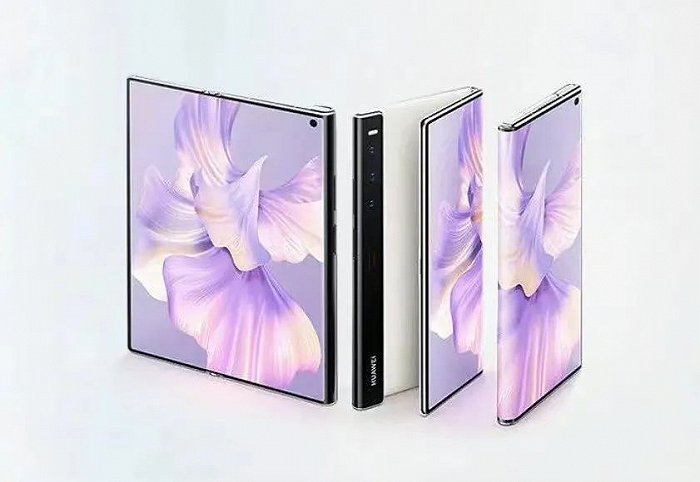
Image source: Huawei Weibo, China
For example, a migrant worker in the Imperial Capital, who is in sharp contrast with the "county rich woman", was born in 1992. "I use the folding screen mobile phone as a production tool, while checking information and writing a copy." He said that as a typical "copywriter dog", you no longer have to carry a brick-like tablet or a computer weighing several kilograms, which is "real freedom". "But the screen is still too small. Sometimes I feel that my eyes are going blind. It is ok for a short time, but it is still very uncomfortable for a long time."
But another feature of fashion is that it will definitely come back. Nowadays, the folding screen mobile phone, which has some similarities with the flip phone, has begun to become the fashion trend of this era. In this sense, the folding screen mobile phone at this time has become a new symbol.
A new track that all manufacturers want to win.
But in any case, the folding screen mobile phone was completely popular in 2022.
According to IDC data, in the fourth quarter of 2022, the single-season shipment of folding screen products in China reached a new high, with more than 1.1 million units shipped, and the annual shipment was nearly 3.3 million units, up 118% year-on-year. The proportion of folding screen products in the domestic smart phone market rose from 0.5% in 2021 to 1.2%.
Looking at this set of data alone, it seems that there is nothing surprising. However, it should be noted that in 2022, China’s smartphone shipments dropped by 13.2% compared with 2021, to 286 million, which was the first time in ten years that it fell below 300 million. Compared with 470 million smartphones shipped at the peak in China in 2016, it shrank by about 40% year-on-year.
Between a liter and a drop, the market for folding screens seems to be good for the naked eye. However, after further study, it will be found that behind the good-looking data is that the base of folding screen mobile phones in 2021 is low enough.
Even so, for the mobile phone manufacturers who have been fighting for several years in the "price war" and "stacking war" and finally see the new possibilities in the industry, the folding screen mobile phone is indeed a direction that can focus on.
As a rare bright spot in the mobile phone market in recent years, the emergence of folding screen mobile phones can not be separated from the pioneering move of Samsung, an old mobile phone manufacturer. The world’s first commercial mass-produced smart folding screen mobile phone is the Galaxy Fold from Samsung, which was launched in 2019. The 7.3-inch flexible large screen broke through the limitations of the original mobile phone screen. With this, Samsung has also brought the industry to a new era of folding screen mobile phones. As the pioneer of folding screen, in 2022, Samsung’s share in the global folding screen market was 16.5%, ranking second in the industry.
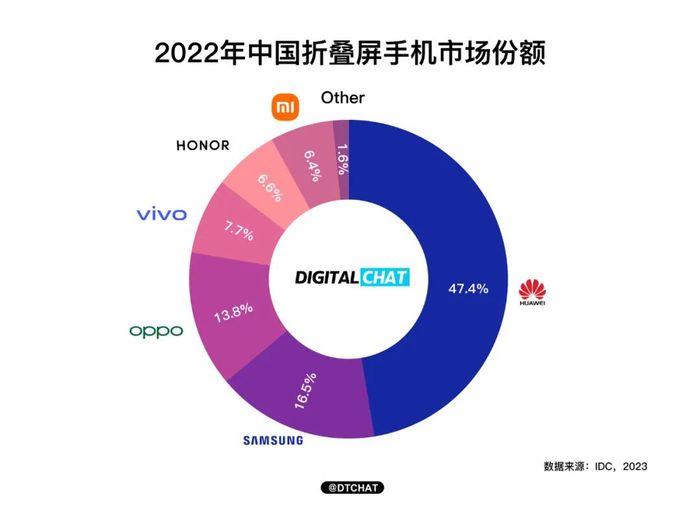
Image source: Weibo @DTCHAT
But the first person in the industry is not necessarily the one with the largest market share, and this first-Mover advantage was quickly surpassed by Chinese mobile phone manufacturers. Through the picture of IDC, we can see that Huawei has the highest proportion in the global market, even nearly three times that of Samsung. In 2022, Huawei exerted enough force on the folding screen mobile phone side.
According to public information, Huawei’s folding screen mobile phones are Huawei Mate X2, Huawei Mate Xs 2, Huawei P50 Pocket and Huawei Pocket S, and these mobile phones have a good popularity.
Huawei Yu Chengdong once said at Huawei Pocket S and the new product launch conference of the whole scene: "For every two folding screen mobile phones sold in China, one is Huawei." This shows Huawei’s determination and confidence in folding screen mobile phones.
In addition, OPPO won 13.8% market share with Find N2 Flip, ranking third. Followed by vivo, glory and Xiaomi, with market shares of 7.7%, 6.5% and 6.4% respectively.
In 2022, mainstream mobile phone brands including Huawei, Samsung, Xiaomi, OPPO, Glory and vivo continued to launch new folding screen mobile phones. According to the rough statistics of public data, at least 20 mobile phones with folding screens will be released in the second half of 2022.
With such a dense pace of new product launch, it is no wonder that the outside world will think that this is a new track that is quite interesting. However, in the view of slow playback, there are two reasons for the popularity of folding screen mobile phones.
First, the market needs new stories. From the launch of Apple’s mobile phone in 2007, smartphones have been on the market for 16 years. In these 16 years, smartphones have grown from scratch, and their functions have changed from single to multiple. Although the market can see the efforts of major manufacturers, it boils down to nothing more than the previous "price war" and the subsequent "stacking" wars in photography technology, screen pixels, memory, chips and design. No real breakthrough has been achieved in the industry when major manufacturers "rolled up" internal injuries.
Second, the market has new demands. In the past few years, the competition in the low-end market of domestic smart phones was the fiercest, so at that time, the market scale of "thousand yuan machine" was even larger. However, in 2021, the contribution of domestic smart phones with a revenue of more than 4,000 yuan has exceeded 50%, and it has gradually become the consensus of the global smart phone industry to make efforts in the high-end market. The folding screen mobile phone is a representative model of high-end mobile phones in terms of function and price. In this case, it is expected that the manufacturer will re-note the folding screen mobile phone.
How far is it from real popularization?
Mobile phone manufacturers have made a big bet to compete, and each even hopes that their folding screen mobile phones will become a sharp weapon for brands to seize the market, but consumers like Mingming and Xiaohui just want to use them as dispensable "tools" or fashion products. This kind of opposite direction of supply and demand has implied the difficulty of widespread popularization of folding screen mobile phones.
After all, they are also quite representative among consumers. What’s more, since the folding screen mobile phone went on the market, consumers around it have not been interrupted.
"At the beginning, the price of the folding screen mobile phone bought with an early adopter mentality was really painful for several months. After buying it, it seems that there is nothing special except’ pretending’." Xing Lei is a digital enthusiast, a fanatic who wants to get started whenever a new product goes on the market.
"If you have to say a few special places, it is that the sound of opening or closing the folding screen is very loud, and every time you fold, you are worried that the screen will break." Because Xing Lei started folding the screen phone earlier, the folding technology of the screen was really not very good at that time. However, what impressed him was the price of changing the screen. "Not long after I bought it, my mobile phone fell to the ground. It was not my mobile phone but my wallet that was broken." According to him, it took more than 3,000 yuan to change the screen, which is equivalent to the price of a mid-range mobile phone.
It is Xing Lei’s obvious feeling that there are few people around to buy and most of them are watching the excitement. "I always feel that I have paid an IQ tax."
Xiaohui’s idea is not so complicated. When she bought a folding screen mobile phone, the price has already dropped. "Seven or eight thousand yuan, the price is not as expensive as Apple’s 14. The latest model is small and cute, which is very suitable for girls." Yan value is justice and the price is acceptable, which is all her requirements for mobile phones.
Both Xing Lei and Xiaohui are essentially "not bad money" people. But for more mass consumers, their replacement cycle and acceptable price are not the case.
In the recent survey of folding screen mobile phone consumption for young people, we may be able to see some trends.
According to the survey data, among the young consumers aged 21-35, less than 5% use folding screen mobile phones, and more people are still using straight screen mobile phones; In terms of replacement cycle, 1-2 years and 2-3 years have the largest number of consumers, accounting for more than 70%, while changing mobile phones within one year accounts for less than 5%.
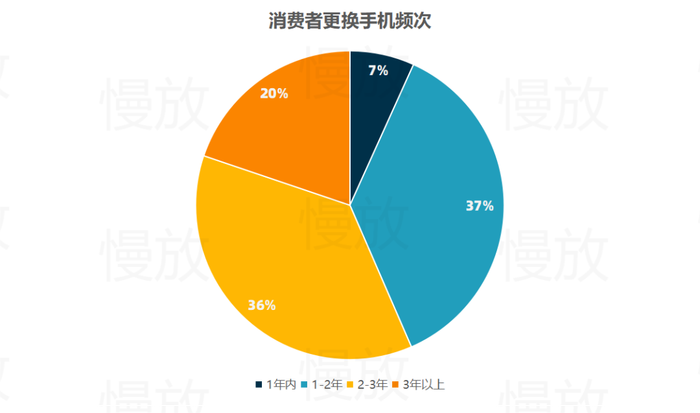
In terms of mobile phone prices, mid-range models are more popular, with the prices of 2001-4,000 yuan and 4,001-6,000 yuan bringing consumers the most, accounting for 28% and 26% respectively. Consumers with the price of 6,001-8,000 yuan dropped sharply, only 17%, and consumers with mobile phone prices above 10,000 yuan were less than 10%.
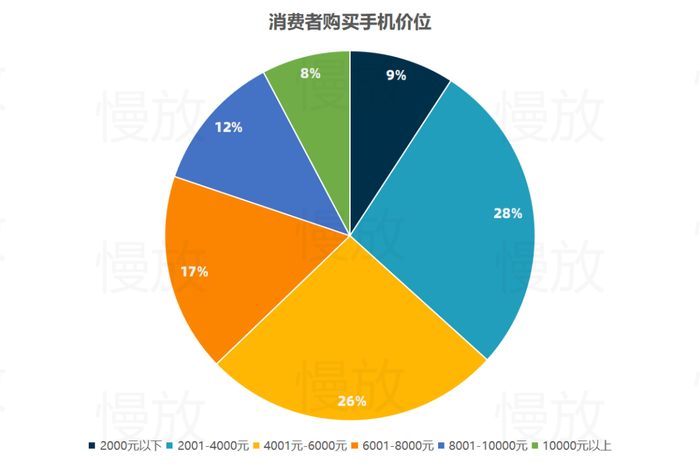
From the survey data, it can be clearly perceived that the price of 6001-8000 yuan for folding screen mobile phones is not high. This also means that the folding screen mobile phone wants to extract the target consumers from this group of people, and its potential consumers are bound to be less.
When asked about the price range of folding screen in consumers’ minds, 33% of consumers think it should be in the range of 4001-6000 yuan, 23% of consumers can accept the range of 6001-8000 yuan, but 26% of consumers think that the price of folding screen mobile phone can reach 2001-4000 yuan.
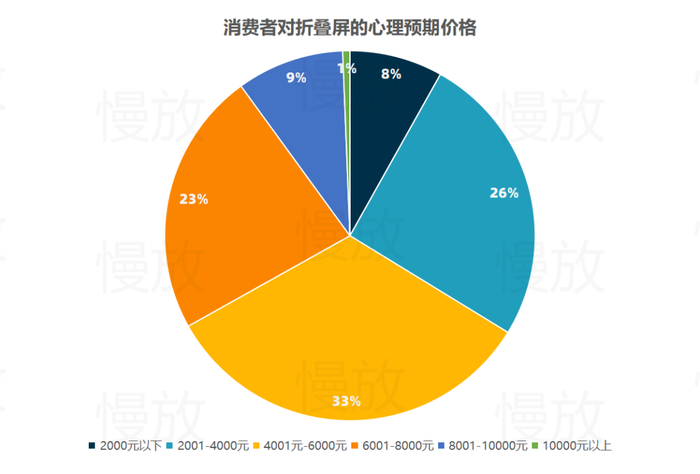
For the purchase intention of folding screen mobile phones, "may buy" and "resolutely not buy" are almost equally divided, accounting for 10%; Their feedback on "under what circumstances will they buy a folding screen mobile phone" can also explain the problem quite well: geek mentality and early adopters with products account for the highest proportion, exceeding 31%, and those who pull out weeds after being planted by others account for 18.5%, and those who need it for work account for 13.5%. The proportion of consumers who "buy after popularization" is 8%. It is worth noting that 16% of consumers said that "they will regret it after buying it".
Therefore, Slow Release believes that it is still too early for mobile phone manufacturers to increase their overall market share through folding screen mobile phones, when the folding screen mobile phones with high technology and price are far from being popularized. Moreover, there are still many unsolved difficulties in folding screen mobile phones, which need to be improved by manufacturers. Such as "too heavy, poor performance, expensive maintenance", "expensive, nothing special in function", and 22% of consumers think this is a "proper IQ tax, don’t pay for’ semi-finished products’"
However, they also said that if the folding screen mobile phone is stable in all aspects and the cost drops to a relatively reasonable range, it will still consider buying it.
In addition, among the purchase decision factors of folding screen mobile phones, consumers rank in the top five in terms of function/performance, price, operating system and design, and pay little attention to the brand. This also reflects from the side that the passionate consumption era of "rushing to buy the latest mobile phone" has passed, and the rational consumption era of "paying attention to function, function and price" has arrived.
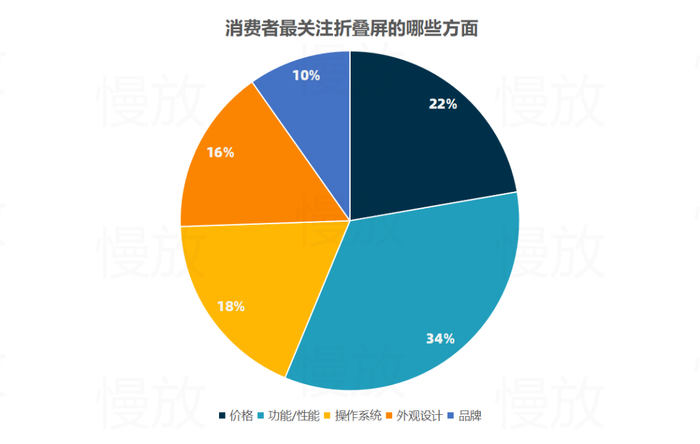
Generally speaking, although from the perspective of consumers, the folding screen mobile phone is still a long way from the real popularity. However, it is worthy of recognition that the investment of domestic smartphone manufacturers in new technology has freed them from the whirlpool of "price war" and turned to the real technical level PK.
We also have reason to believe that this long-term investment will surely lead China’s manufacturing industry to a broader world.
References:
1. Zijin Finance Analysis: Will folding screen mobile phones become the mainstream of the market in 2023?
2.IT Times can’t afford to repair the folding screen mobile phone.
3. Why was Samsung, which dominated the global folding screen mobile phone market by China Electronic News, "turned over" in the China market?
4. Why hasn’t the geek network folding screen mobile phone become mainstream?
5.36 "Essence" and "Hardness" of Krypton Folding Screen
关于作者